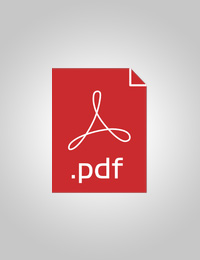
Terminal evaluation - Energy Efficiency Improvements in the Indian Brick Industry
Completedon 2 Dec, 2016
Evaluation Plan
Planned End Date
Nov 2016
Evaluation Type
Project
Management Response
Yes
Evaluation Budget
$20,000
Evaluation Title
Terminal evaluation - Energy Efficiency Improvements in the Indian Brick Industry
Atlas Project Number
00047625
Plan Period
Status
Completed
Type
Project
Plan Date
3 Nov, 2016
Completion Date
2 Dec, 2016
Budget
$20,000
Expenditure
$0
Management Response
Yes
Quality Assessment
Yes
Joint Programme
No
Joint Evaluation
No
GEF Evaluation
Yes
Expand
Countries
India
Atlas Project Number
00047625
Plan Period
Status
Completed
Type
Project
Management Response
Yes
Plan Date
3 Nov, 2016
Quality Assessment
Yes
Completion Date
2 Dec, 2016
Joint Programme
No
Joint Evaluation
No
Budget
$20,000
GEF Evaluation
Yes
Expand
Expenditure
$0
Countries
India
Output 1.5. Inclusive and sustainable solutions adopted to achieve increased energy efficiency and universal modern energy access (especially off-grid sources of renewable energy)
1: Environment & Sustainable Development
2: Others


